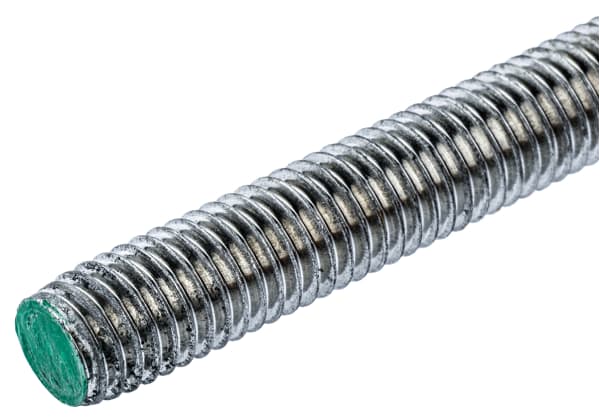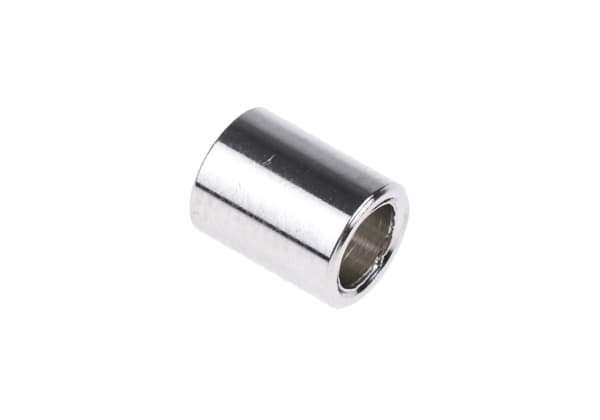- Published 23 Jan 2023
- Last Modified 29 Aug 2023
- 6 min
A Complete Guide to Threaded Inserts

What are Threaded Inserts?
Threaded inserts are metal cylinders with internal or external threads running down their entire length. They are inserted into holes which have been drilled into walls or other materials like metal, wood, or plastic. Their function is to enable the insertion of screws or bolts and make it a relatively straightforward process to remove them for later reuse. They are efficient fasteners and are also used to reinforce or repair existing threads. Once inserted, inserts grip firmly.
These products have several alternative names, including:
- Thread inserts
- Thread bushings
- Threaded sleeve inserts
- Insert nut fixings
- Threaded fasteners
- Screw thread inserts
How to Install a Threaded Insert
To install a threaded insert, you will need a drill and a matching installation tool, also known as an install tap. The latter are usually specific to the insert manufacturer. Alternatively, a matching threaded screw or tap bolt can be used to drive the insert into place. Tap bolts, also known as cap screws, are used for drilling directly into hard or soft materials.
Here’s how to install a threaded insert using a drill. The packaging should indicate the required depth of the drill hole. Typically, this will be 8.5-9mm.
- Prepare your drill, ideally applying a depth stop attachment to prevent the drill from entering the piece of material to too great a depth - and then drill the hole
- Attach your installation tool or the bolt to the insert thread and then drive the insert into place. An impact driver can be useful here
- If applying a threaded insert to wood, you may wish to add glue for additional reinforcement
Threaded inserts are sometimes classed as ‘thread-in’ and ‘press-in’, meaning they are either screwed into place or pressed into place.
Types of Threaded Inserts
Threaded inserts are available in a variety of sizes and materials for full compatibility with different tasks. Let’s look at some of the principal types of threaded inserts.
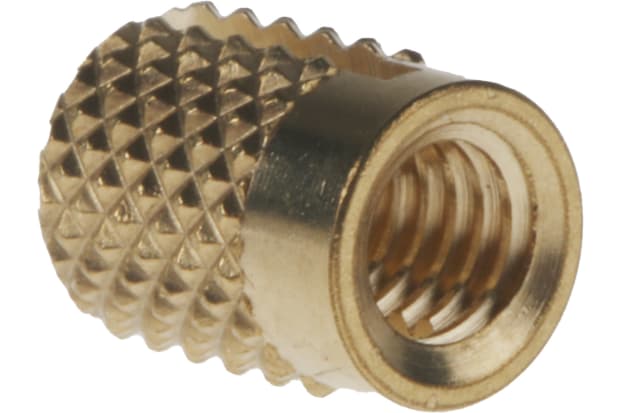
Brass Threaded Inserts
Threaded brass inserts are durable and offer a significant level of resistance to corrosion. Brass is, in fact, more resistant to corrosion than stainless steel, making it a good choice in operating environments likely to be exposed to water.
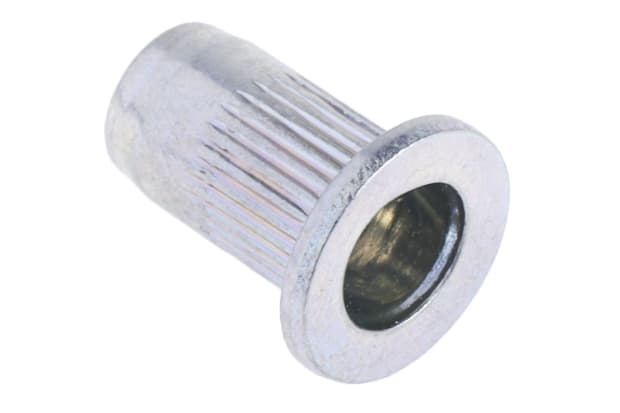
Steel Threaded Inserts
Threaded steel inserts offer a good level of corrosion resistance, but their strengths extend further. They are especially robust in response to vibration and rotational pressure.
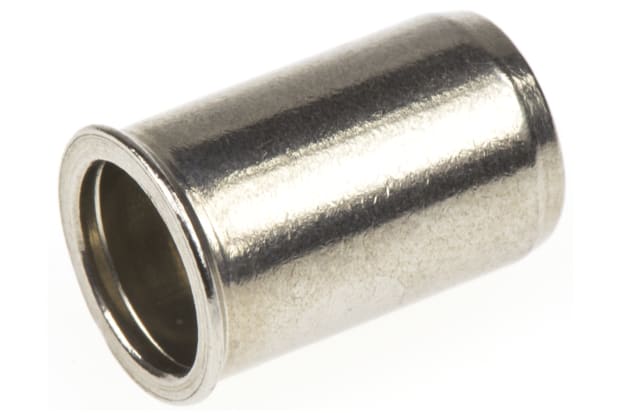
Stainless Steel Threaded Inserts
Stainless steel is a carefully calibrated alloy. An admixture of 11 per cent chromium prevents corrosion and makes the material more resistant to heat. Stainless steel inserts are versatile and used in wood, metal, and plastic.
Other Types of Threaded Insert
Clear passivated inserts offer a high level of resistance to corrosion.
Passivation is the application of a protective coating to a material to make it more passive - less reactive to its environment. If this coating is entirely or mainly transparent, it is referred to as clear passivation.
By contrast, galvanised inserts feature a protective coating of zinc to prevent oxidation or rust from forming.
Threaded Insert Uses
So, what are threaded inserts used for? Once inserted into a suitably sized hole, they allow the further insertion of screws and bolts, giving them an important role in the toolkits of builders, carpenters, and engineers.
Threaded inserts serve several functions, for example:
- Extending the working life of a drilled hole by minimising wear and tear. Bolts and screws can be removed and reinserted into threaded inserts multiple times without damaging or weakening the existing hole
- Repairing holes which have been stripped or become worn down. So-called thread repair inserts have a greater diameter than the hole into which they have been inserted, thereby compressing the space for a tight hold
- Providing a firm hold in softer material
- Reinforcing screws or bolts in material that is likely to come under strain
- Adding protruding threads to material that would otherwise be too thin
- Simplifying the changeover from one type of thread to another
Threaded applications include:
Threaded Inserts for Metal
Because metals like aluminium and steel are harder than wood, thread inserts for metal feature external as well as internal threading to make insertion and removal easier. The outer threads on the metal insert are matched to the existing threading within the hole. They are commonly used in sheet metal.
Threaded Inserts for Wood
Timber, hardwood, and plywood can be used with threaded inserts. Both press-in and thread-in inserts can be used. Adhesive is commonly added too.
Threaded Inserts for Plastic
Threaded inserts for plastics differ according to the characteristics of the material.
Thermoplastic materials are heat-sensitive and as a result, inserts are applied via the application of high temperatures. Once the insert has reached a specific temperature, it is pressed onto the plastic. The latter then melts around the insert before cooling.
By contrast, thermoset plastics are tougher and can be drilled like metal or wood.
Threaded Inserts for Rubber
Threaded inserts for rubber are not as common as those for wood and metal but when used they can be applied via simple insertion or by placing them into a mould. Heated rubber is then injected where it will harden into place, encasing the insert.
Threaded Inserts in Industry
Industry applications for threaded inserts include many fields where parts need to be joined together or fastened securely. Some examples include:
- Building and construction
- Carpentry and woodworking
- Manufacturing and assembly
- Electrical engineering
- Aerospace and automotive engineering
- Industrial engineering and prototyping
Threaded Insert Sizes
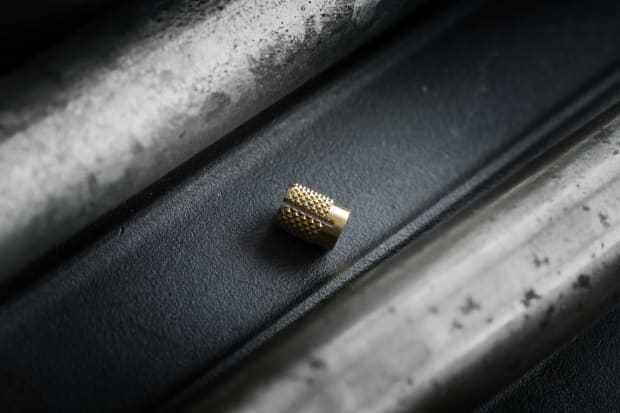
Threaded inserts are available with a range of thread sizes for compatibility with differently sized screws and bolts. Whether inserted into wood or metal, a threaded insert needs to match the diameter and threading of the screw or bolt that it will host.
The most used international screw thread standard is the ISO metric screw thread, as defined by international standard 68-1.
ISO metric screws are designated with the letter M, for millimetres, followed by the major diameter of the thread. This is the longest gap between the uppermost part of each thread (the crest). So, for example, M8 indicates a major diameter of eight millimetres.
Variations in pitch can also be indicated with a multiplication sign. For example, M8x1 would indicate a major diameter of eight millimetres with a change in pitch of one millimetre per rotation.
